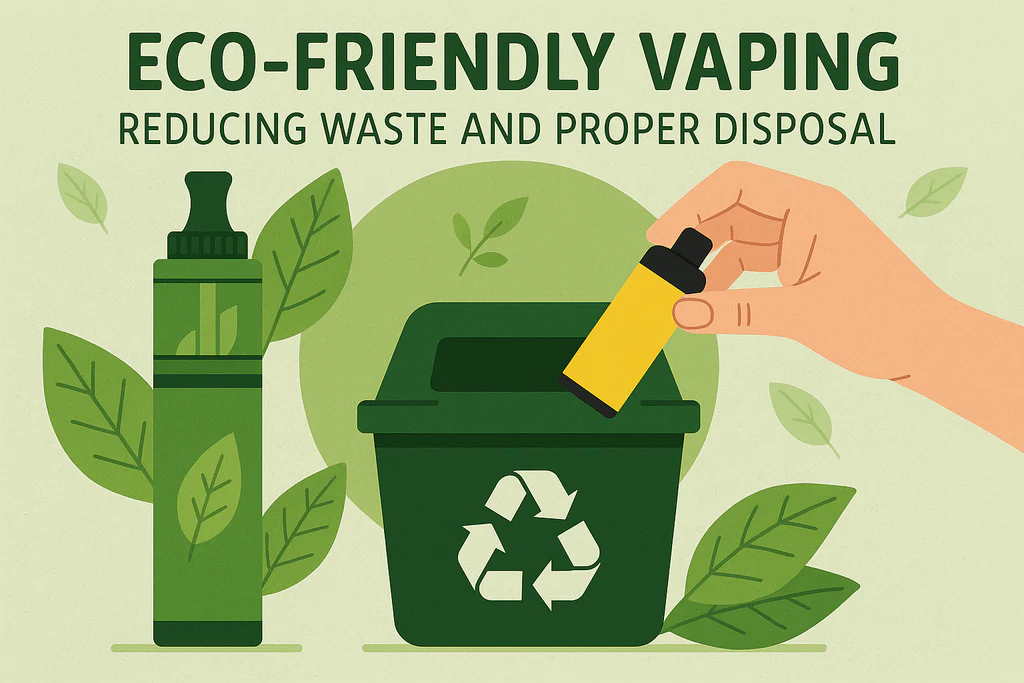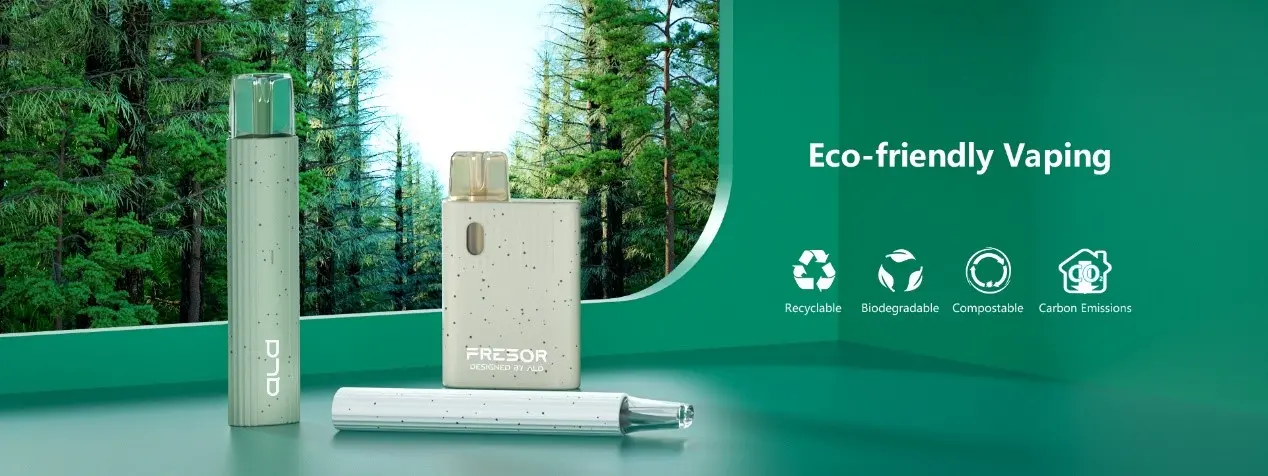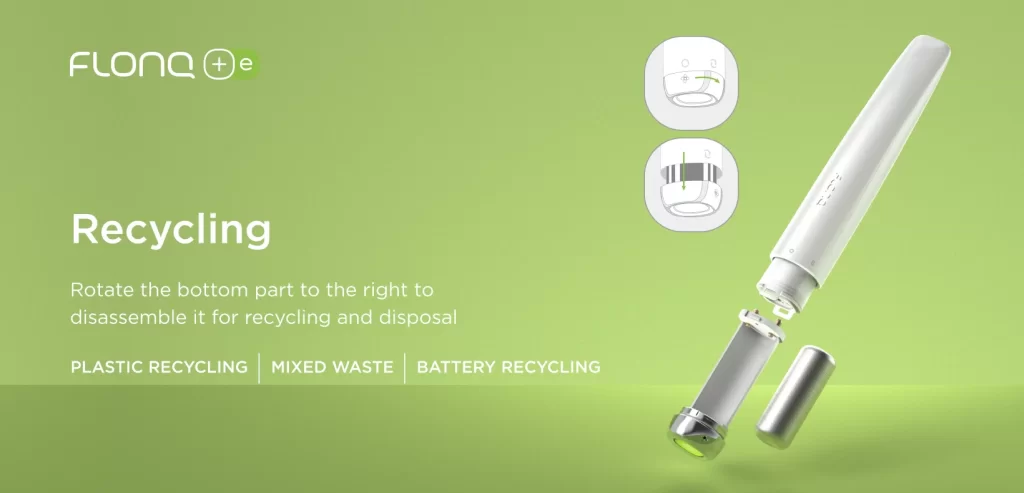Introduction
As the global vaping industry continues to grow, sustainability has become one of its most urgent topics. The widespread use of disposable vapes has led to a massive increase in electronic waste — from plastic casings and lithium batteries to leftover e-liquid. To address these challenges, more vape brands are now embracing eco-friendly packaging and recycling initiatives, paving the way for a greener vaping future.

1. The Environmental Challenges of Vaping
The popularity of disposable vapes has created an unexpected environmental burden.
- Mounting Waste: Millions of disposable vapes are discarded each month worldwide, contributing to plastic and metal waste.
- Battery Pollution: Improperly disposed lithium batteries can leak toxic chemicals into soil and water.
- Lack of Recycling Infrastructure: Unlike other electronics, vapes often lack standardized recycling systems, leading to low recovery rates.
The environmental footprint of vaping can no longer be ignored — and sustainable innovation is urgently needed.

2. The Rise of Eco-Friendly Packaging
Many leading vape manufacturers are taking the first step toward sustainability by redesigning their packaging.
- Use of Biodegradable and Recycled Materials: Brands are replacing traditional plastics with recycled paper, plant-based bioplastics, and compostable materials.
- Minimalist Packaging Design: The “less is more” approach helps reduce unnecessary layers and printing waste.
- Green Branding Advantage: Eco-friendly packaging not only reduces waste but also enhances brand image among environmentally conscious consumers.
In the near future, sustainable packaging will likely become the standard expectation rather than a selling point.

3. Recycling and Reuse: A New Industry Movement
Recycling initiatives are gaining traction as more companies and governments collaborate on environmental goals.
- Brand-Led Recycling Programs:
Brands like RELX, Elfbar, and Vuse have introduced take-back or recycling programs, offering drop-off points and reward incentives. - Government and Industry Collaboration:
The European Union and several countries in Asia are drafting policies requiring manufacturers to manage post-consumer waste. - Design Evolution – Replaceable Parts:
The industry is moving toward modular vape devices with replaceable pods and batteries — a more sustainable and cost-efficient model for users.
These practices mark a major step toward a circular vaping economy, where materials are reused rather than wasted.

4. How Consumers Can Support Sustainable Vaping
Every vaper can make a difference by making conscious choices:
- Choose brands with environmental commitments or recycling programs.
- Dispose of used vapes and batteries properly, following local e-waste guidelines.
- Support products made from recyclable or biodegradable materials.
- Consider rechargeable or refillable vapes instead of single-use devices.
Sustainability begins with small, consistent actions from both consumers and brands.

Conclusion
Sustainability is no longer optional in the vaping industry — it’s essential.
As governments tighten regulations and consumers demand greener alternatives, eco-friendly packaging and recycling will define the next chapter of vaping innovation.
The future of vaping lies in the balance between technology and environmental responsibility — proving that great flavor and a clean planet can coexist.

